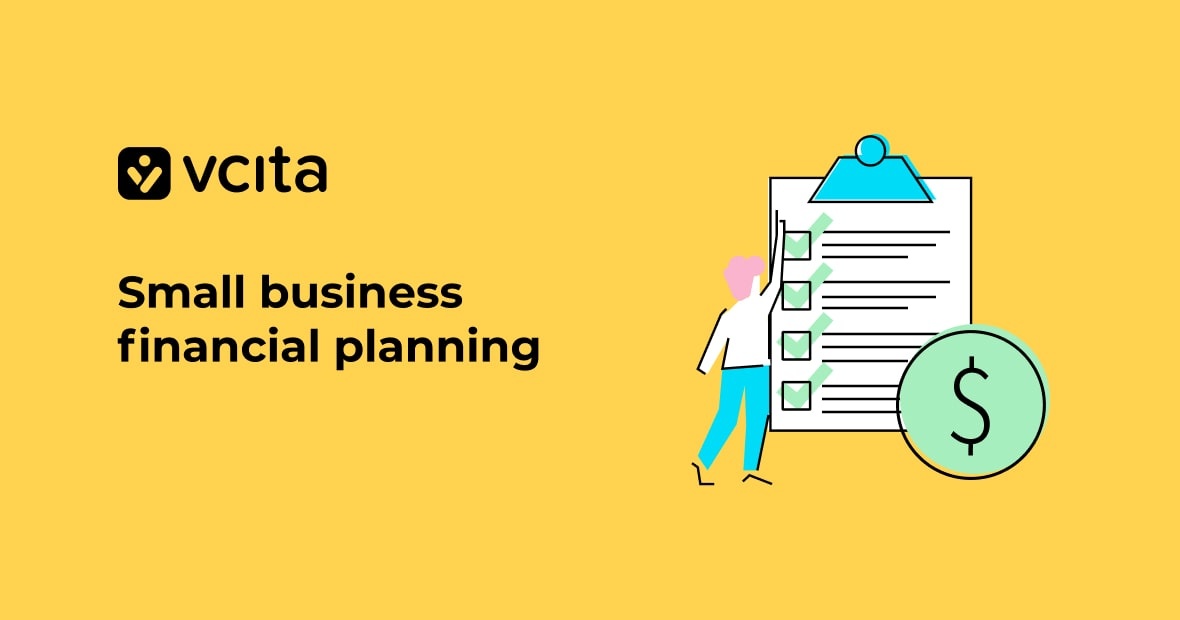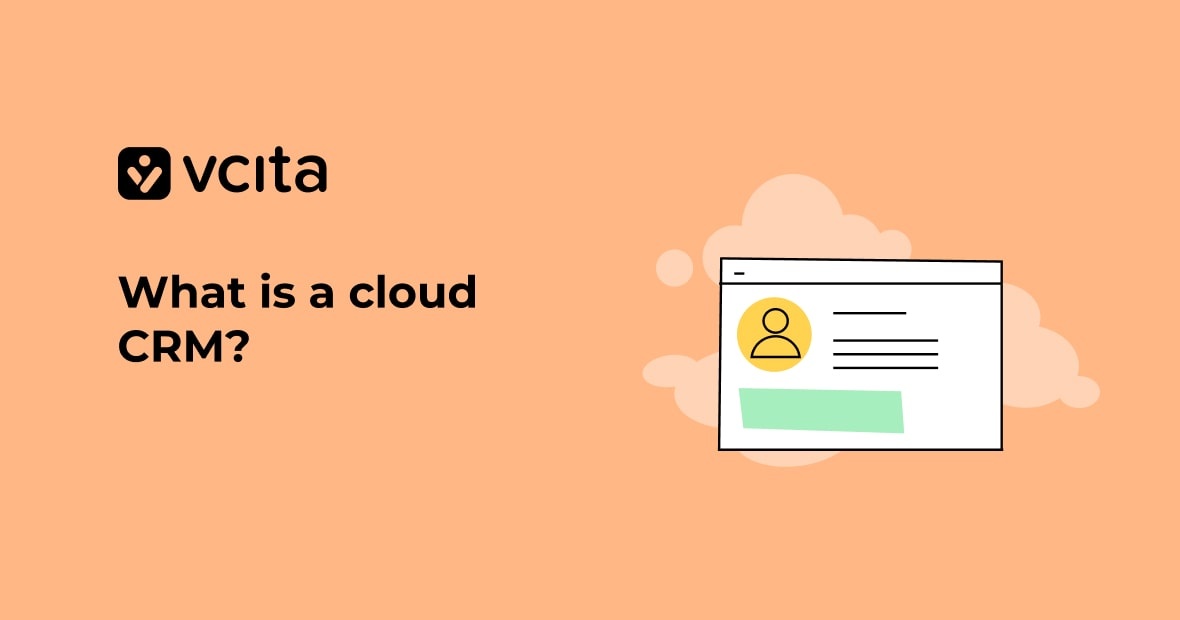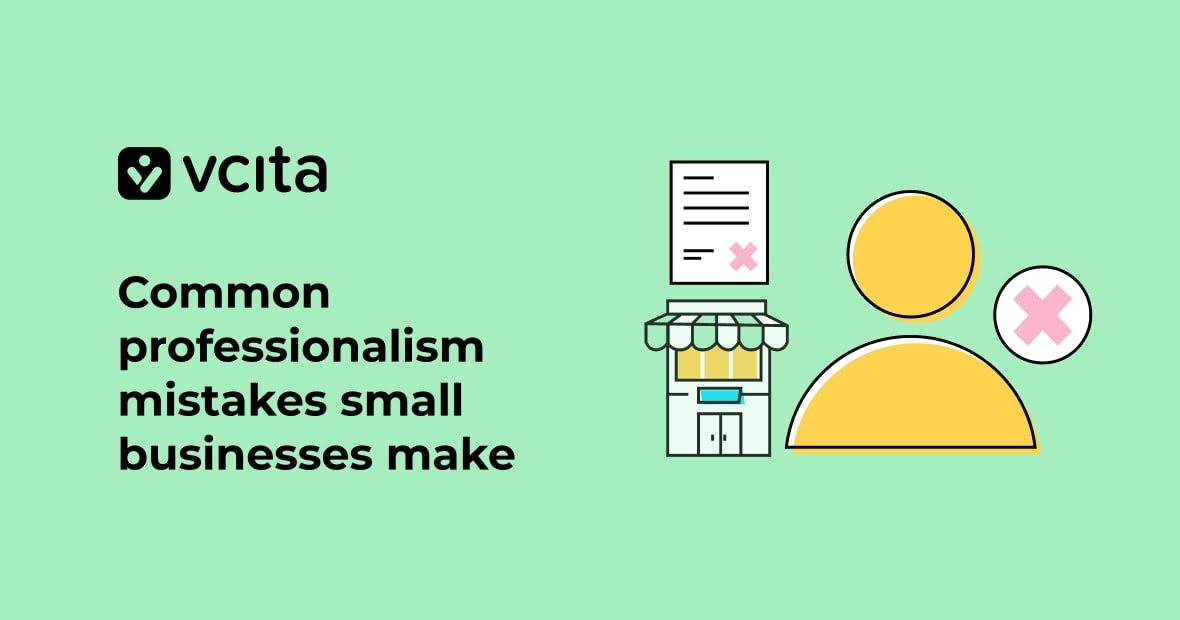You’re a small business owner, but you have big dreams. You want to see your business grow to become robust and profitable, but you aren’t sure how best to go about it. That’s why you need to take a serious approach to planning for business growth.
Planning for growth means creating a successful small business financial plan, one which considers business goals, financial goals, and risk management. Working with a financial advisor is the best way to create a plan that includes retirement planning, funding options, and preparing for worst case scenarios. This article gives you financial planning tips to get you started to make informed decisions.
Creating a financial plan for your small business
To set your small business up for success, you need a solid financial plan that includes both short-term and long-term business and financial goals, as well as strategies to achieve them. Then you can make informed decisions, access funding, and prepare for risks. Here are some tips to get you started:
Assess your financial situation
Every effective financial plan is built on accurate and reliable financial information. If you don’t already have a small business budget that charts your revenue, outgoings, and profit margins, now is the time to create one. You can download our small business budget planning template to simplify the process.
Determine your goals
Next, figure out your key business and personal goals. Do you want to increase revenue by 20% this year? Expand into a new market? Be able to retire by the age of 50? Your financial plan should cover both short-term goals for stability and growth as well as long-term goals to build wealth.
Manage risks and expenses
Now it’s time to evaluate potential risks and expenses. Speak to a financial advisor to determine appropriate risk management strategies for possibilities like economic downturns, loss of key customers, or expensive equipment failures. Your balance sheet shows your financial health, so look for ways to cut excess spending and budget for unexpected costs. Successful small businesses plan for worst-case scenarios to avoid crises.
Explore funding options
Think about how you will fund expanding your goals and operations. Options include business loans, lines of credit, crowdfunding, and personal investment. Meet with a financial advisor to evaluate what makes sense for your needs and risk tolerance. They can help you find good options and negotiate the best rates.
Setting business goals and assessing risks
As a small business owner, you need to define your business goals and plan for risks to set yourself up for growth. These should include personal and business goals, and both short-term aims and long-term plans. You can then assess potential risks that could hold you back from achieving your goals, and work out ways to avoid or mitigate them.
Determine your personal financial goals
As a small business owner, your personal and business finances are closely linked. Think about your own financial goals, like saving for retirement, college funds for your kids, or paying off debt. A financial advisor can help you create a comprehensive plan that includes both business and personal financial goals.
Set business goals
Think about why you started your business and what you want to achieve in the next 1-3 years. Do you want to increase revenue or profits? Open a new location? Setting specific, measurable goals will help guide your financial planning. Work with a financial advisor to determine how much money you need to achieve your goals and the funding options available, like small business loans, crowd-funding, or business credit cards.
Manage risks
Identify potential risks to your cash flow and profits, like economic downturns, loss of key customers, or supply chain issues. Come up with a worst-case scenario plan that includes cutting costs, alternative funding sources, and ways to increase revenue. Planning for risks will help you make better informed decisions if problems arise. You’ll want to revisit your risk assessments regularly as your business grows and evolves.
Managing finances and cash flow
To set your small business up for growth, you need to get a handle on your finances. As a small business owner, this means developing realistic business and financial goals, managing risks, and planning how to fund future growth.
Successful small businesses monitor their financial health regularly and make changes to support growth and stability. That’s why you need to look at your balance sheet, income statement, cash flow statement, and key ratios to determine your company’s financial health.
The balance sheet shows your assets, liabilities, and equity at a given point in time. The income statement shows your revenue, expenses, and profits over a period of time. Analyzing these financial statements will tell you if you have enough cash on hand, if expenses are too high, if you’re overleveraged with debt, or if profits are growing.
Retirement planning options for small business owners
Saving for retirement is crucial for your long term financial health, and requires balancing your business’s financial health today with your own financial goals for the future. Speaking to a financial advisor who specializes in small business planning can help determine the right mix based on your business goals and risk tolerance. There are several options tailored to small businesses that provide tax benefits and flexibility.
Simplified Employee Pension (SEP) IRA
A SEP IRA allows you to contribute up to 25% of your salary, or $66,000 for 2023, whichever is less. Contributions are tax-deductible and the plan is easy to set up and administer. A SEP IRA provides flexibility, since you can vary contributions from year to year based on your business’s financial performance.
Individual 401(k)
An individual 401(k), or solo 401(k), operates similar to a traditional 401(k) but is designed for self-employed individuals and small business owners. For 2024, you can contribute up to $23,000 as an employee, plus up to 25% of your compensation as an employer, for a total of $69,000. A solo 401(k) allows for loans and hardship withdrawals, and contributions can be made up until your tax filing deadline.
Profit-sharing plan
A profit-sharing plan allows you to contribute a percentage of your business’s profits to a retirement plan. Contributions are discretionary and the plan provides flexibility in how profits are distributed to employees. The contribution limit is 25% of compensation or $69,000 for 2024, and contributions are tax deductible. Profit sharing plans require non-discrimination testing to ensure benefits are fairly distributed among employees.
Effective financial planning is the key to successful business growth
By following these tips and taking advantage of resources for planning for small business, you can develop a successful small business financial plan to guide your company to growth and prosperity. Keep refining and revising your plan as your business evolves. With the right plan in place, you can make informed decisions to ensure the financial health and success of your business for years to come.




























